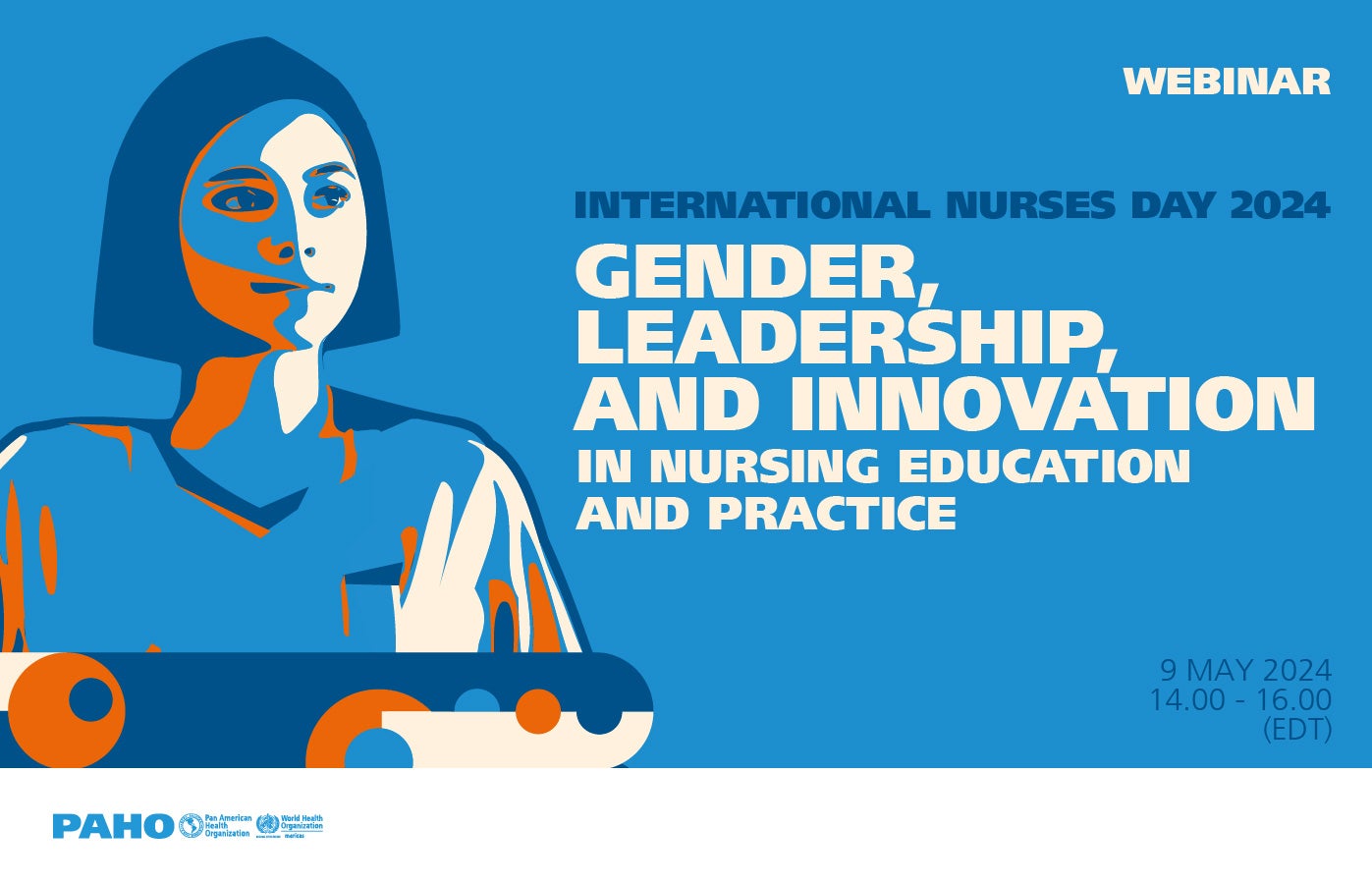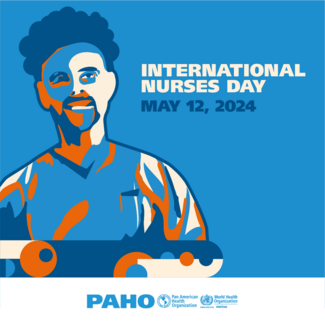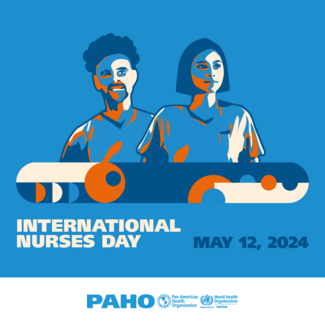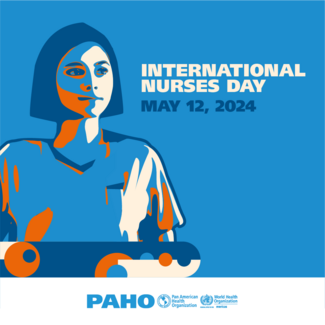12 Mayo 2024
Nurses are key players in health promotion and disease prevention. They are the backbone of healthcare systems worldwide. Working on the front lines of disease prevention, health promotion, and health management, they are often the unsung heroes in health services and emergency response. Because of their critical role in health care, investments are needed in nursing education, jobs, leadership, and service delivery. In observance of International Nurses Day 2024, the Pan American Health Organization (PAHO) has proposed that its Member States hold discussions on gender, leadership, and innovation in nursing education and practice in the Region of the Americas.




